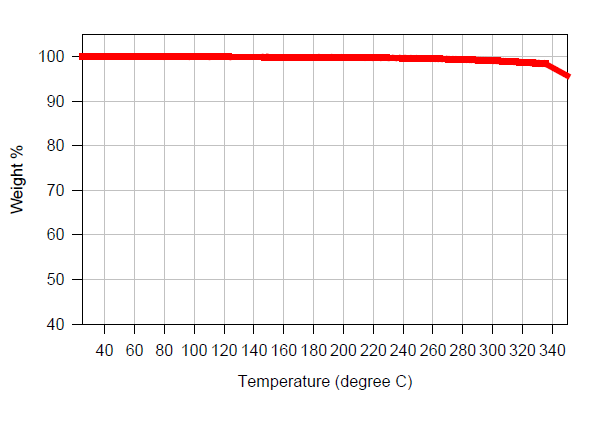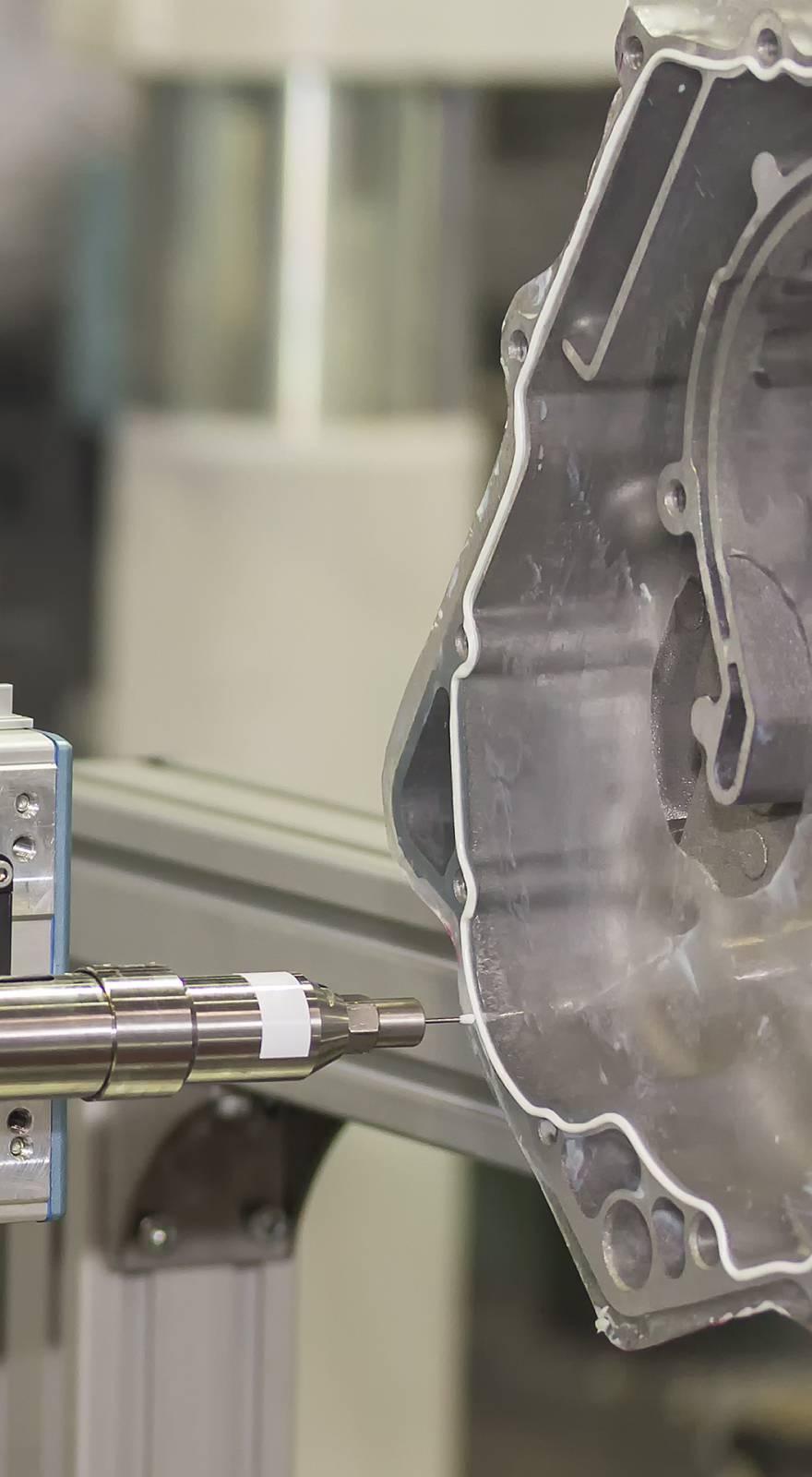Knowde Enhanced TDS
Identification & Functionality
- Chemical Family
- Product Type
- Technologies
Features & Benefits
- Labeling Claims
- Ready-to-Use Product Features
- Features
- High Tg
- Low moisture permeability
- Good adhesion to many substrates
- Product Highlights
- UV light cure adhesives are solvent-free resins employed for rapid, low temperature curing in fabrication of electronics components. They are especially important when precise alignment of parts and/or short production time is desired. Various types of adhesives be cured by UV light, but most of the commercial adhesives are acrylate- or epoxy-based.
- ACW offers epoxy-based UV cure adhesives which provide a number of advantages. The adhesives have low reactivity including no interaction with LCD and OLED materials. The cured adhesives have high Tg, low outgas, low CTE, and low gas and moisture permeability. They are compatible with solder reflow temperatures and meet many reliability standards such as Telcordia and JDEC Level 3. Bonded parts survive temperature cycling with very small shifting.
- ACW UV cure adhesives are employed in electronics and optoelectronics applications such as active alignment, fiber to V-groove bonding, waveguide assembly, chip edge sealing, and LCD and OLED device sealing. They are designed for UV-transparent substrates.
Applications & Uses
- Applications
- Cure Method
- Coating Type
- Applications
OLED edge sealant – flexible displays
Properties
- Physical Properties
- Typical Properties
- Cured Properties
- Uncured Properties
| Value | Units | Test Method / Conditions | |
| Elongation (25°C, 50% RH) | 5.0 | % | ASTM D638 |
| Operating Temperature | -60 to 180 | °C | — |
| Tensile Strength (25°C, 50% RH) | 7000.0 | psi | ASTM D638 |
| Young's Modulus (25°C, 50% RH) | 195000.0 | psi | ASTM D638 |
| Value | Units | Test Method / Conditions | |
| Maximum Relative Humidity for Curing | 40.0 | % | — |
| Value | Units | Test Method / Conditions | |
| Coefficient of Thermal Expansion [DMA by compression, 4-5 mm thick sample (Above Tg (x10⁻⁶)] | 85.0 | °C⁻¹ | — |
| Coefficient of Thermal Expansion [DMA by compression, 4-5 mm thick sample (Below Tg (x10⁻⁶)] | 28.0 | °C⁻¹ | — |
| Glass Transition Temperature | 107 - 110 | °C | — |
| Hardness | 90.0 | Shore D | — |
| Refractive Index of Cured Film (25°C, 1310nm) | 1.547 | — | — |
| Refractive Index of Cured Film (25°C, 1550nm) | 1.544 | — | — |
| Refractive Index of Cured Film (25°C, 589nm) | 1.563 | — | — |
| Shrinkage (Linear) | max. 0.5 | % | — |
| Water permeability (24 hrs, 50°C, 95% RH, 75 μm film) | 3 x 10⁻⁴ | g/m | — |
| Value | Units | Test Method / Conditions | |
| Pot Life (15 - 25 °C) | 3.0 | months | — |
| Shelf Life (15 - 25°C) | 6.0 | months | — |
| Viscosity (25°C) | 4,500 - 6,000 | cps | — |
Technical Details & Test Data
- UV Curing Conditions
Spot cure system - UV dose (J/cm2),air 30.0 to 50.0 250 – 450 nm filter
Flood cure system -UV dose (J/cm2), air 3.0 to 5.0 (relative humidity condition < 40%)
- Minimum intensity recommended for Spot lamp system: 300 mW/cm2
- Minimum intensity recommended for Flood lamp system: 125 WPI or 49 WPcm
- If a low intensity Spot lamp is used, intensity of 70 – 100 mW/ cm2, we recommend a cure time of 7 to 10 minutes
- Post cure can enhance adhesion strength. Post cure conditions: 60 to 100 °C for 30 to 60 minutes
- Thermogravimetric analysis
Thermal stability of cured adhesive was studied by thermogravimetric analysis in nitrogen at a scan rate of 20°C/min

Safety & Health
- Safety and Handling
The uncured adhesive can be cleaned from apparatus with isopropyl alcohol (IPA), methyl ethyl ketone (MEK), or commercial alcohol based cleaning solution. Avoid direct skin and eye contact. Use only in well ventilated areas. Use protective clothing, gloves and safety goggles.
Storage & Handling
- Storage Conditions
- 15 - 25

